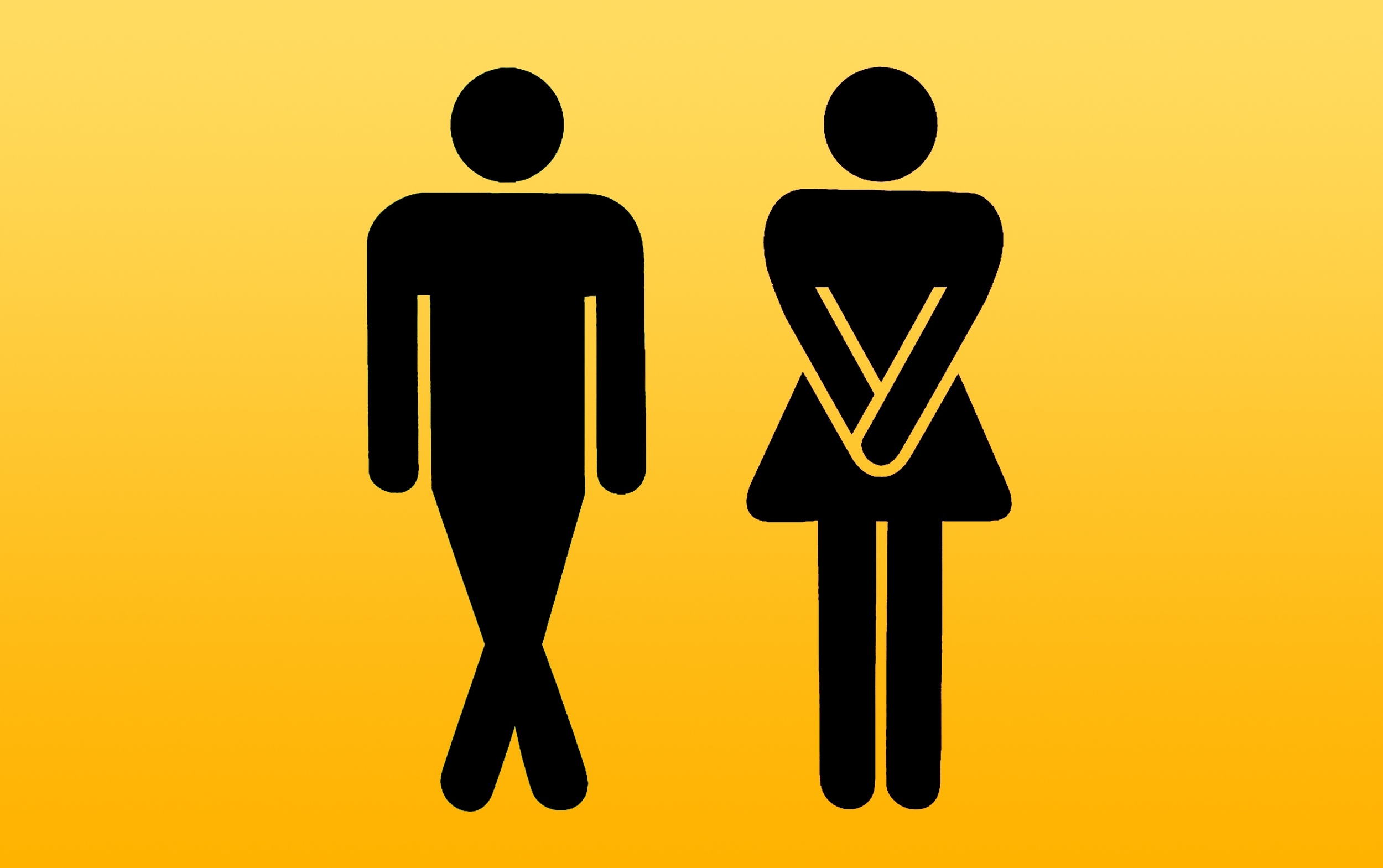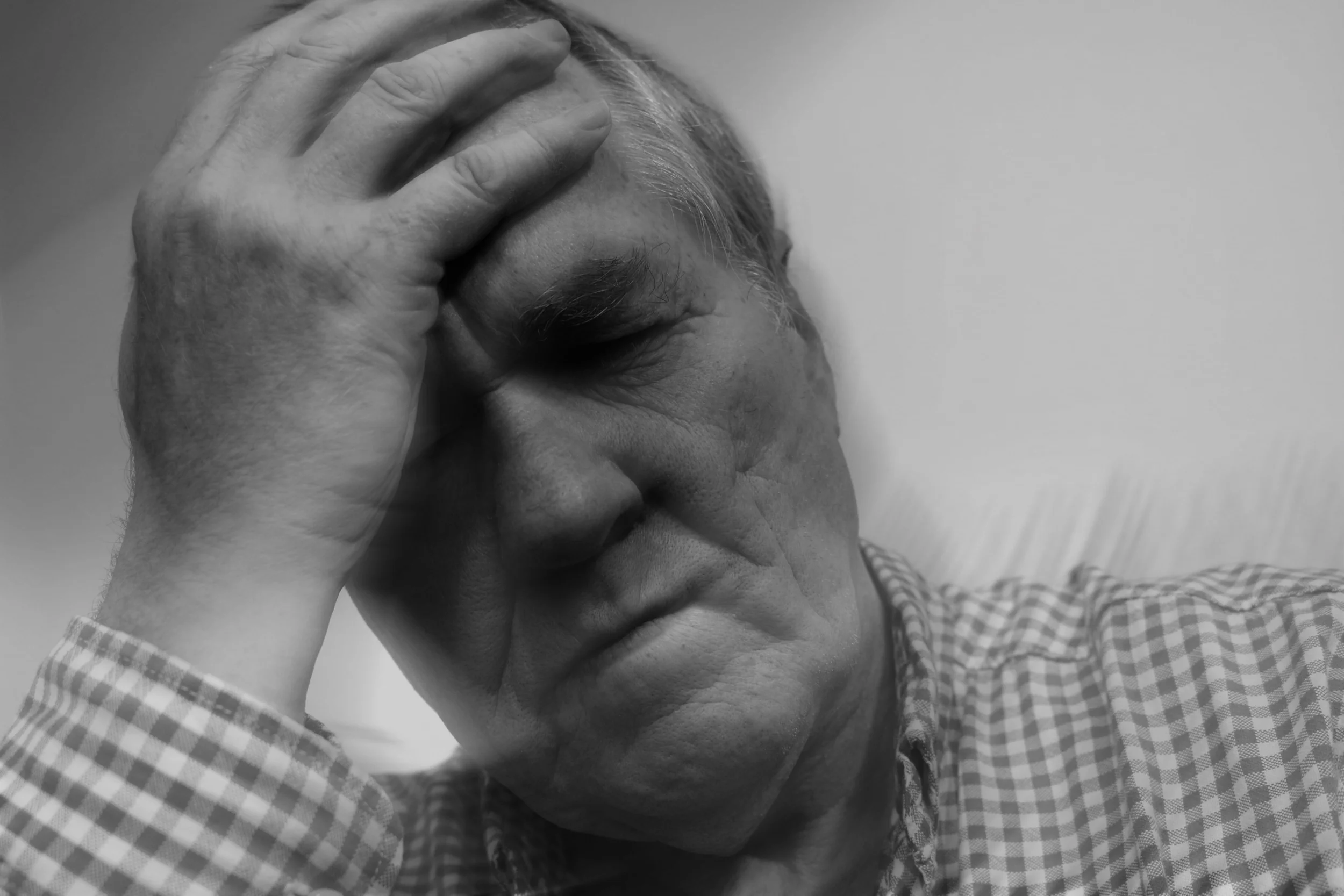Occupational Therapy
“Medicine adds days to life. OT adds life to days…”
What Is Occupational Therapy?
Occupational therapists deliver evidence-based interventions aiming to enable individuals to undertake the activities that are important to them in their daily lives. (COT 2015) In essence “occupation” refers to the activities that people do in daily life, namely;
Self care – personal care (washing and dressing), preparing and eating meals etc.
Productivity – work, volunteering, studying, or caring for others etc.
Leisure – playing sports, shopping with friends, or doing hobbies etc.
When to refer to OT?
When the patient’s function seems to be significantly worse than their normal level; the key is to obtain baseline functional level in self-care, cognition, and/or transfers.
OT Assessments:
Transfers: Bed, chair and toilet. Can the patient complete independently? Ask how patient does Toilet transfer, as it can be a good indicator for other transfers as toilet transfer tends to be a relatively difficult task (i.e. toilets are generally very low in height).
Mobility: (sometimes assessed with the physio, but all team members should be able to undertake at least an initial mobility assessment [refer to Mobility IPE summary], however OTs will be assessing stamina, standing tolerance +/- mobility aid, how does this impact on transporting items, such as cups and plates.
Range of function: Is the patient able to put on their slippers or toilet independently?
Cognition: orientation, follow instructions, retain information, object recognition. Complete formal cognitive assessments, for example MMSE, MOCA.
Psychology: Anxiety, decreased confidence and/or motivation.
Falls history: looking to the reasons why, for example home environment, comorbidities, decreased balance, cognition, vision, footwear and foot care.
Goal setting:
OT works with the patient to identify goals that are meaningful and purposeful, that can help a patient maintain, regain or improve independence by using different techniques, changing a personal environment and using adaptive equipment.
Outcome:
Recommend discharges based on how the person will be able to engage safely in the occupations that they need to do on their return home. Keeping the patient informed, family/carers updated. If appropriate, referring to community services; rehab, therapy at home, social services etc.
ED Pitfalls:
- Baseline Information: There is an inconsistent approach in baseline information obtained in ED currently largely due to time constrains. The Green Book is used in EFU/EDU/AFU for detailed baseline information. Work is in progress to embed frailty assessment into urgent care pathways.
- Lack of Collateral History: From January 2016, we will have access to baseline information from community/GP through SystmOne. However where possible collateral history should be obtained from family or carers even if this means phoning them!
















